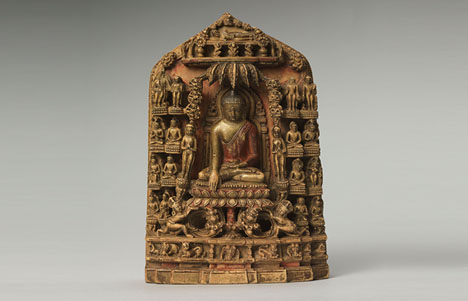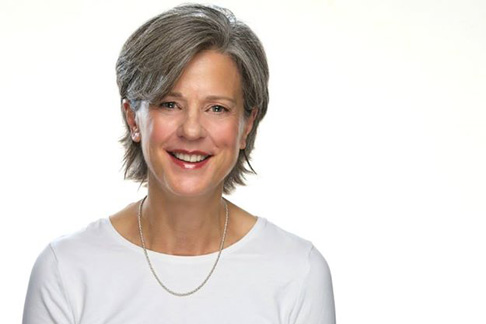
About the Meditation
Meditation session led by Tracy Cochran.
The guided meditation begins at 14:38.
For centuries Himalayan practitioners have used meditation to quiet the mind, open the heart, calm the nervous system, and increase focus. Now Western scientists, business leaders, and the secular world have embraced meditation as a vital tool for brain health.
Whether you’re a beginner, a dabbler, or a skilled meditator seeking the company of others, join expert teachers in a forty-five-minute weekly program designed to fit into your lunch break. Each session will be inspired by a different work of art from the Rubin Museum’s collection and will include an opening talk, a twenty-minute meditation session, and a closing discussion.
This program is supported in part by the Hemera Foundation with thanks to our presenting partners Sharon Salzberg, the Interdependence Project, and Parabola Magazine.


Related Artwork

Theme: Awakening
The northeastern Indian village of Bodhgaya, the place of the Buddha’s enlightenment, is an important pilgrimage site. This small portable stone relief is an example of the small souvenir sculptures dedicated to the Buddha’s life that pilgrims picked up on their visits. The image of the Buddha at the center of the stele shows him seated under a tree with his right hand touching the earth, a common visual reference to the moment of his enlightenment. This central figure and the six buddhas on the sides represent the seven weeks the Buddha spent meditating in Bodhgaya. The scenes on the stele’s periphery depict events from the Buddha’s life, culminating at the top with his achievement of nirvana at death.
The Buddha’s physical appearance, with a disproportionately short, thick neck, is a reference to the main image that occupied the temple at Bodhgaya from about the 11th to the 13th century. After several foreign invasions, Buddhism declined in India, and Bodhgaya became defunct as a pilgrimage site, thereby ceasing to be a cultural conduit for Tibetans for whom these images were important.
About the Speaker

Tracy Cochran has been a student and teacher of meditation and spiritual practice for decades. She is the founder of the Hudson River Sangha, which is now virtual and is open to all. The link for her weekly meditations can be found on tracycochran.org.
Tracy has taught mindfulness meditation and mindful writing at the Rubin and the New York Insight Meditation Center, as well as in schools, corporations, and other venues worldwide. She is also a writer and the editorial director of Parabola, an acclaimed quarterly magazine that seeks to bring timeless spiritual wisdom to the burning questions of the day. Her writings, podcasts, and other details can be found on her website and on parabola.org.
